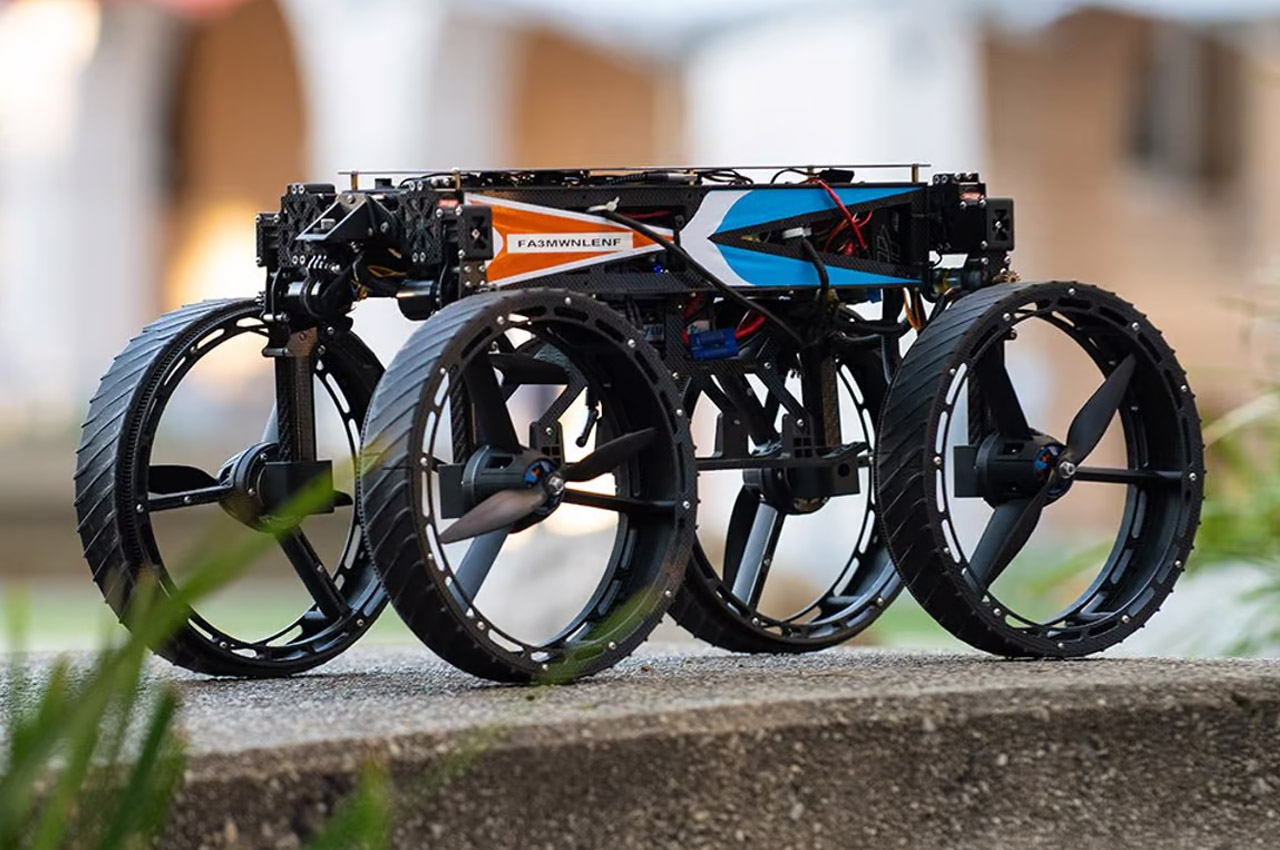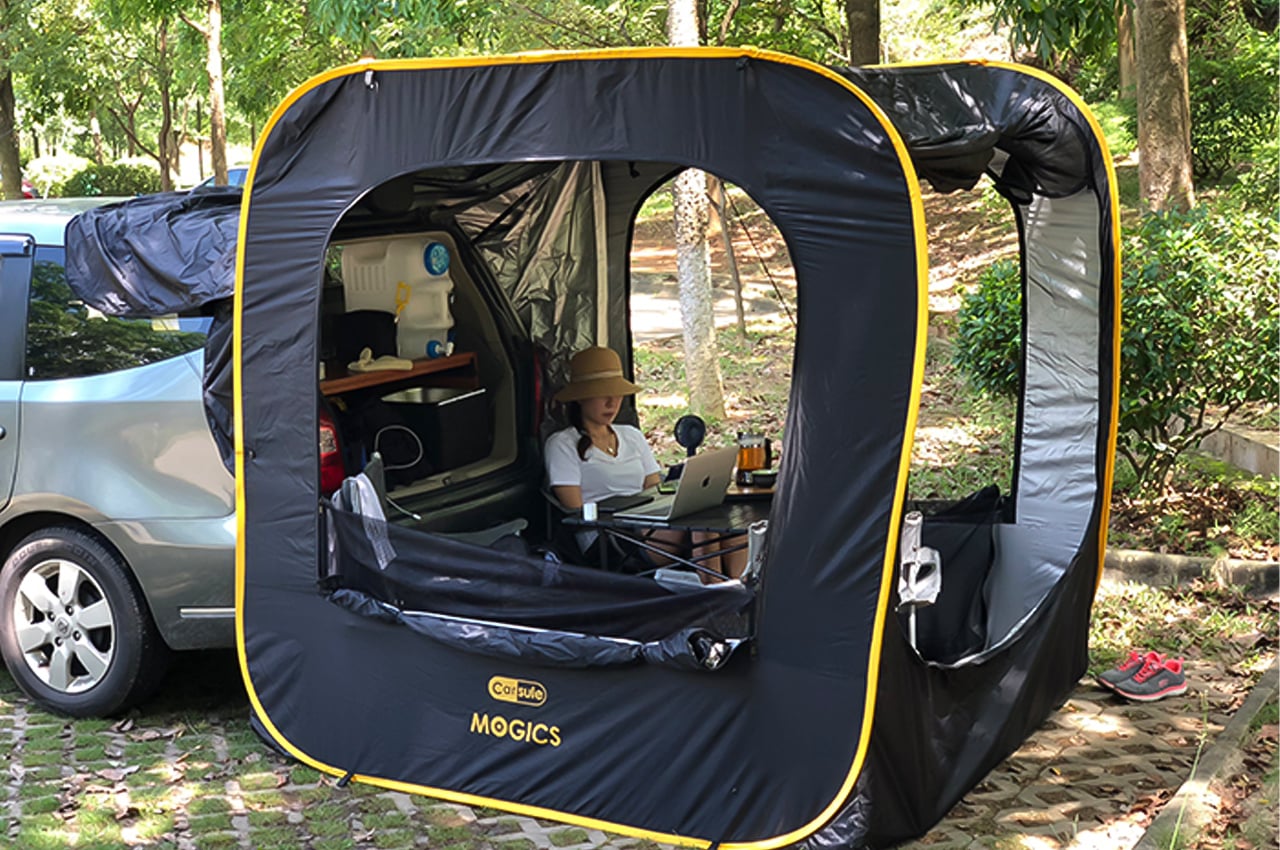#How to protect deep work time and retain focus as an SEO

Table of Contents
Learn how to make the most of your peak productivity hours by eliminating distractions, creating a focus-friendly environment and more.
With constant algorithm updates, changing trends and a barrage of emails and notifications, it can feel like you’re always playing catch-up.
That’s where deep work sessions come in.
Like any skill, developing deep work sessions takes practice.
At first, you might find yourself really struggling to retain focus. It can feel unnatural for many of us, especially if you are used to regular interruptions during your workday. Here are some tips to get started.
Schedule deep work sessions
Scheduling deep work sessions is the cornerstone of protecting your focus and productivity. One of the first things to do is understand your peak productivity times.
Everyone has certain times of the day when they feel most alert and productive.
For some, it’s the quiet hours of the early morning; for others, it might be later in the day.
Start by identifying when you are naturally most focused. You can track your energy levels and productivity weekly to find patterns.
Once you know your peak productivity times, block these periods out in your calendar specifically for deep work. Treat these blocks as non-negotiable appointments with yourself.
Just as you wouldn’t skip a meeting with a client, don’t skip your deep work sessions. It can be really helpful to have your deep work sessions at the same time each day or week.
Consistency helps train your brain to enter a focused state more easily.
The length of your deep work sessions can vary but if you are just starting out, then build it up slowly.
Create a distraction-free environment
Creating a distraction-free environment is essential for maintaining focus during deep work sessions. This can be the hardest part of curating your deep work sessions.
If you are in an office environment, you might need to negotiate time in a quiet office or even hybrid working, where you can spend time at home with fewer interruptions.
If you work in an SEO team, then setting boundaries is key. Let your colleagues know when your sessions are, and ask them not to disturb you unless it is urgent. They can also help protect this time for you.
You could agree to a team rota so that each of you can have this valuable time on a daily or, if not possible, at least a weekly basis.
Once other people are not going to be an issue, the next biggest culprit is notifications. Here’s how to manage them:
- Mobile devices: Put your phone on “Do Not Disturb” mode or silence it completely during deep work sessions. Consider placing it out of reach to resist the temptation to check it. Give it to a colleague or put it in a drawer where you can’t see the screen. For lots of us, simply putting it next to us in easy reach is too tempting – a bit like having your favorite treat in eye-shot when you are trying to be healthy.
- Computer alerts: Disable notifications for emails, social media and other apps that aren’t essential for your deep work. Many operating systems allow you to customize these settings easily.
Dig deeper: 10 things to eliminate from your life to be more productive at work
Use focus tools and apps
As an SEO, you will likely need internet access during your deep work. Use a tool or app (e.g., StayFocusd, Freedom) to block distracting websites.
Apps like Forest or Focus@Will provide a structured approach to maintaining concentration, either by timing your work sessions or providing background sounds conducive to focus.
You could also try noise-canceling headphones to block out noise, play background music or keep things quiet, depending on what works best for you.
Set clear goals
Setting clear goals is a fundamental step in ensuring your deep work sessions are productive and effective. Plan ahead so that when you start your deep work session, you know what tasks you will tackle.
You might want to use this time for more strategic type work or to deal with a specific problem. For example, if you work for an agency and one of your clients’ websites has lost rankings and traffic recently.
You might use this time to try and work out why and devise a plan to improve performance.
Break down larger goals
Be wary of setting goals that are too large for these sessions.
Large goals can be intimidating and lead to procrastination. Break them down into smaller, manageable tasks.
For example, if your goal is to conduct a complete site audit, break it down into:
- Crawl the website: Use tools like Screaming Frog to crawl your site and identify issues.
- Analyze site speed: Use Google PageSpeed Insights to evaluate and improve load times.
- Check mobile usability: Ensure your site is mobile-friendly using Google’s Mobile-Friendly Test.
- Review on-page SEO: Assess and optimize meta tags, headings and content.
Not all goals are equally important. Once you’ve broken them down, prioritize them based on their impact on your overall SEO strategy.
Focus on high-priority goals during your deep work sessions to ensure you’re making the most significant impact.
Balance your goals between short-term tasks that provide immediate benefits and long-term projects that contribute to your overall SEO strategy.
Take regular breaks
Taking regular breaks is crucial for maintaining high levels of productivity and focus during deep work sessions.
Breaks are essential for several reasons:
- Preventing burnout: Continuous work without breaks can lead to mental and physical exhaustion. Regular breaks help prevent burnout by giving your mind and body time to rest and recover.
- Improving focus: Short breaks can help you maintain high levels of concentration and prevent attention fatigue.
- Boosting creativity: Stepping away from your work can give your subconscious mind time to process information, often leading to new ideas and insights when you return.
Dig deeper: How to avoid search marketing burnout
Use the Pomodoro technique
The Pomodoro technique is a popular method for incorporating regular breaks into your work routine:
- Work for 25 minutes: Focus intensely on a single task for 25 minutes.
- Take a 5-minute break: Step away from your work, stretch, get a drink, or simply relax.
- Repeat the cycle: After four cycles, take a longer break (15-30 minutes).
This technique helps maintain focus and productivity while ensuring you get regular short breaks. If you are new to deep work, you might start with one session of 25 minutes and gradually build up the blocks of time.
Learning a new skill can be exhausting. Deep work is no exception.
If you find yourself losing focus, then that can often be an indication that you need to take a small break.
Review and adjust
While creating habits is important, regularly reviewing and adjusting your deep work strategies is essential for continuous improvement and sustained productivity.
Schedule regular reviews
Set aside time to review your deep work sessions:
- Weekly reviews: At the end of each week, spend 15-30 minutes reflecting on what you accomplished during your deep work sessions. Identify what worked well and what didn’t.
- Monthly reviews: Conduct a more in-depth review at the end of each month. Assess your overall progress toward your SEO goals and evaluate your deep work habits.
Track your progress
Keeping track of your progress helps you understand how effectively you’re using your deep work time:
- Task completion: Note which tasks you completed during your deep work sessions. This helps you see patterns in your productivity.
- Time tracking: Use tools like Toggl to track your time spent on various tasks. This data can reveal how efficiently you’re working and highlight areas for improvement.
Identify obstacles and distractions
Pinpoint the obstacles and distractions that hinder your deep work:
- Common distractions: Identify recurring distractions (e.g., phone notifications, noisy environments) and consider how you can mitigate them.
- Interruptions: Note any interruptions that occurred and think about how to prevent them in the future. This might involve setting clearer boundaries or improving communication with colleagues and family.
Adjust your schedule
Based on your reviews, adjust your deep work schedule to better suit your needs:
- Optimal times: If you find you’re more productive at certain times of the day, adjust your deep work sessions to those periods.
- Duration: Experiment with different session lengths. Some people might find 60-minute blocks more effective than 90-minute ones, or vice versa.
Refine your goals
Regularly revisiting and refining your goals ensures they remain relevant and achievable:
- SMART goals: Make sure your goals continue to be specific, measurable, achievable, relevant and time-bound. Adjust them as needed based on your progress and changing priorities.
- Short-term and long-term goals: Balance your focus between immediate tasks and longer-term projects. This helps maintain momentum while ensuring progress toward bigger objectives.
Seek feedback
Feedback from colleagues, mentors, or peers can provide valuable insights:
- Peer review: Discuss your deep work strategies with colleagues and ask for their feedback. They might offer new ideas or highlight areas for improvement.
- Mentor guidance: If you have a mentor, seek their advice on optimizing your deep work practices. They can provide perspectives based on their own experiences.
Dig deeper: Effort shaming: Balancing work ethic and burnout in marketing
If you liked the article, do not forget to share it with your friends. Follow us on Google News too, click on the star and choose us from your favorites.
If you want to read more like this article, you can visit our Technology category.




